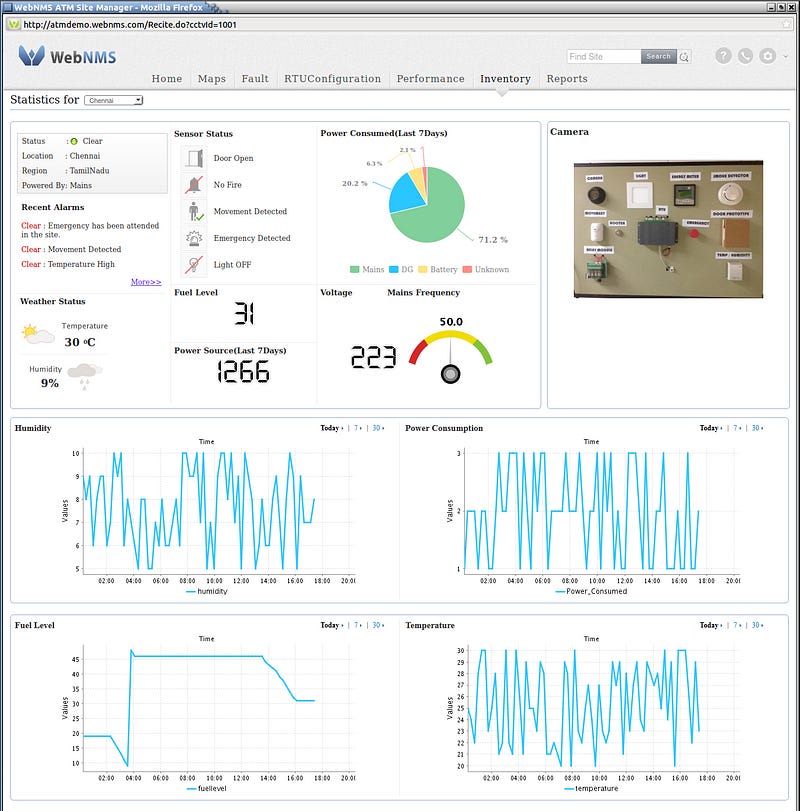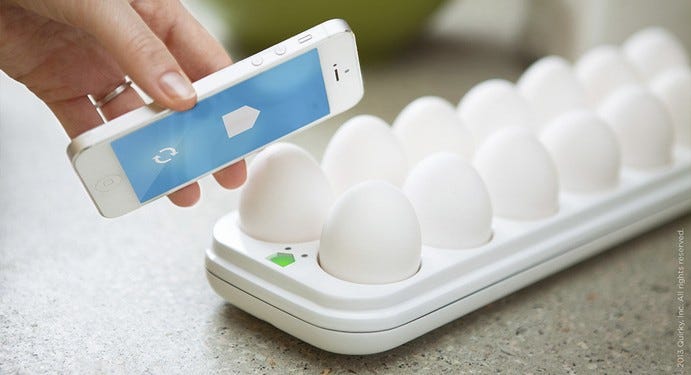Industry Insights
IoT User Experience In Desperate Need of a Makeover
The IoT user experience can't just be by engineers for engineers.
The IoT user experience can't just be by engineers for engineers.
To understand why the IoT user experience for most dashboards looks like it was designed in the dark ages of the internet (also known as the dot.com bubble), we have to dive into the history of M2M connectivity.
The goal of M2M engineers in the IoT space is to meet operational and environmental requirements, usually for enterprise solutions. As we like to say at Leverege, most IoT dashboards have been designed by engineers for engineers, basic user experience not included. When your customer is a company looking for a connected enterprise solution, IoT is the end product. The dashboard can suffer because it’s not an integral part of the sales process when you’re selling connectivity.

As IoT branches into B2C or B2B2C businesses, they have to leave behind the idea that they can sell “connectivity,” because the end user isn’t buying it. The customer doesn’t see a Fitbit or an iPhone and think “Yes, I am buying another connected IoT product!”.
In fact, 87% of customers are unaware of what IoT even is. They see a product designed to integrate seamlessly into their lives, providing them with an enjoyable and painless experience while meeting a need. Now that customers know they can track their daily steps and hit the holy grail of 10,000 a day, suddenly everyone cares.
There are a lot of IoT companies out there who have failed right out of the gate. Goji, a smart lock company, raised $1M and secured HomeDepot and BestBuy contracts before closing up shop. Revolv, a smart home device, was bought by Google before being disbanded. When management and executive teams focus more on the product’s function than on the user’s experience, companies flounder and inevitably fail.

Sure, having a connected egg tray sounds cool, until you realize that you have to manually place the eggs in the tray every time you buy a new carton from the grocery store. When companies put the function of the product before the needs and emotions of the user, product market fit becomes nearly impossible.
How do we take the internet of shit and turn it into products that will survive in today’s market? We introduce design at the beginning of the development process.
Companies must identify problems before proposing solutions. IoT products will demand a high level of cooperation and cohesion between design and development because the experience is rooted in technology and entirely new to the user. Companies must identify the problem first, the pain point of their user, before they even begin to develop solution.
“Effective product design and innovation are the result of an integrated, thoughtful process that focuses on making things that simplify, delight, or enrich the lives of people.” — Nelson and Mataxatos
Even if a company successfully identifies a problem and develops a solution, they can’t abandon the IoT user experience post-ideation. The UX is inextricably tied to the entire customer life cycle, from the moment they learn about the product to the moment the box arrives at their door. Does the product make a good first impression? Is the set up easy? How easy is it for them to update their product? These key design decisions are what bring customers back again and again. The worst case should be that the user is apathetic to their experience because it’s not a hinderance. But the goals should be an experience that brings the user delight.
For an IoT product to be truly successful in today’s market, it must become more human. A disruptive IoT startup is around the corner, and you can bet they will have one hell of an IoT user experience.